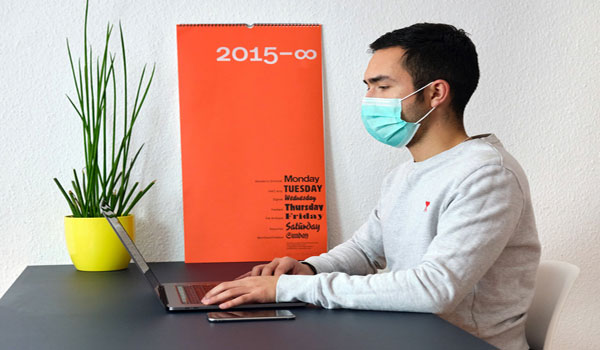Knowledge workers, especially – highly skilled professionals whose occupations are performed on computers — will very certainly witness the foremost changes, from our physical locations to the technology we use to the metrics we use to measure our productivity.
As a result, how we work has an impact on everything from our personal satisfaction to new inventions to the greater economy and society at large. Even after the pandemic has passed, many of us will still work from home.
That’s because remote employment has surprisingly benefited both firms and employees. Employers anticipated a future during which they might be less reliant on expensive office land.
And, within the future, many of the items that are not working — like having to homeschool while working or feeling as if work never ends because you never leave your house — are going to be alleviated when we’re not within the midst of a worldwide health crisis that adds additional obstacles and stress to perform from home.
performing from home saves people time and provides them more flexibility with their schedules, an appointment that workers embrace and are able to buy. consistent with Bloom’s findings, employees are prepared to endure an 8% salary drop by exchange for the power to figure from home two or three days every week.
Consistent with a survey conducted by Owl Labs and Global Workplace Analytics, remote employees save a mean of $248 monthly. Envoy, a provider of office management software, discovered that almost half of employees would abandon their jobs if their employer didn’t offer a hybrid work style following the pandemic.
On the opposite hand, all of this flexibility leads to a heightened sense that labor never ends: Individuals are working longer hours, attending more meetings, and moaning about being constantly connected. Finding a work-life balance is difficult when the distinctions between the 2 are blurred.
Individuals spend a further hour — totaling ten — connected to Slack than they did before the outbreak. consistent with the firm, the number of your time users spend actively working in or interacting on Slack has increased by 30% to 110 minutes every day. this suggests that Slack will spend longer within the background and in the foreground of our lives.
All of this will have a detrimental effect on productivity and leave individuals feeling exhausted. consistent with a January Microsoft study, 54% of respondents report feeling overworked, while 39% report feeling weary. the advantages of telecommuting won’t be felt equally. While some organizations have benefited from performing from home, others have found the arrangement difficult.
As coronavirus instances have increased, the amount of organizations requiring employees to figure from home has increased also, with 46% of yank enterprises implementing remote-work rules as of mid-February.
While telecommuting has become more prevalent in recent years—the remote workforce increased by 159 percent between 2005 and 2017—at a time when only 3.4 percent of USA citizens work from home a minimum of half the time, it isn’t unreasonable to believe that a lot of of the workers asked to figure from home thanks to the coronavirus may have little to no experience doing so, or a minimum of not for an extended period.
As coronavirus instances have increased, the amount of organizations requiring employees to figure from home has increased also, with 46% of yank enterprises implementing remote-work rules as of mid-February.
While telecommuting has become more prevalent in recent years—the remote workforce increased by 159 percent between 2005 and 2017—at a time when only 3.4 percent of USA citizens work from home a minimum of half the time, it isn’t unreasonable to believe that a lot of of the workers asked to figure from home thanks to the coronavirus may have little to no experience doing so, or a minimum of not for an extended period.
Whether you are a first-time telecommuter who’s struggling to be as productive from home as you’re within the office, or a manager seeking methods to stay your new remote team engaged, here’s everything you would like to understand about performing from home during the coronavirus pandemic.
This information is going to be updated because the scenario progresses, so check back for updates.
How To Create A headquarters
Have your office’s light bulbs been deliberately selected to be a specified wattage? Were the dimensions and placement of your monitor considered strategically to avoid accidents?
While these details may appear trivial, corporations pay many dollars to make sure their workplaces suit the US Occupational Safety and Health Administration. Here are some steps you’ll fancy to make your home workspace as secure as possible.
Over a previous couple of months, we’ve all learned a thing or two about telecommuting. These are our key takeaways, alongside suggestions for a way to use them in your remote work.
Related: Is Working From Home Increases Productivity?


